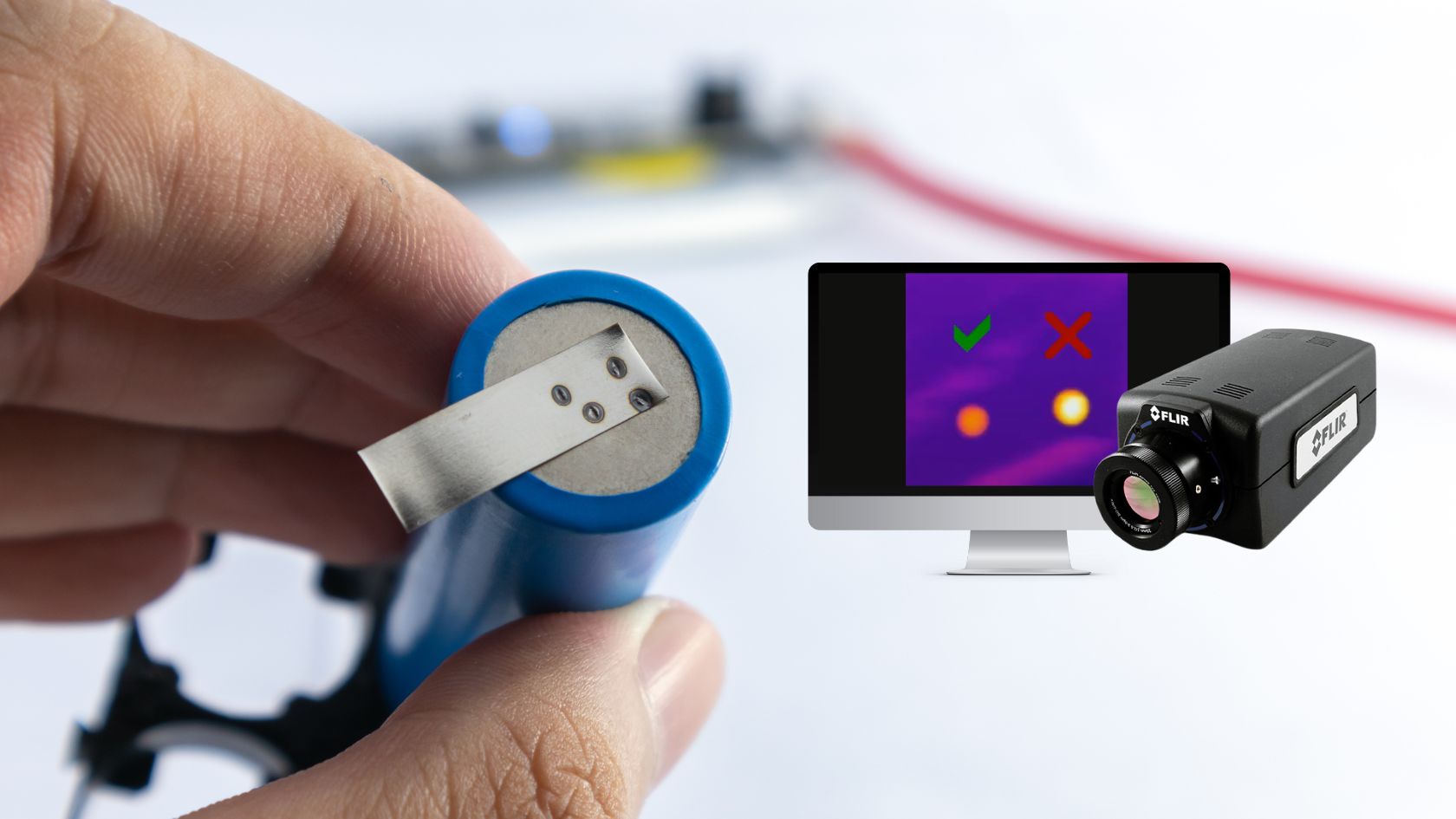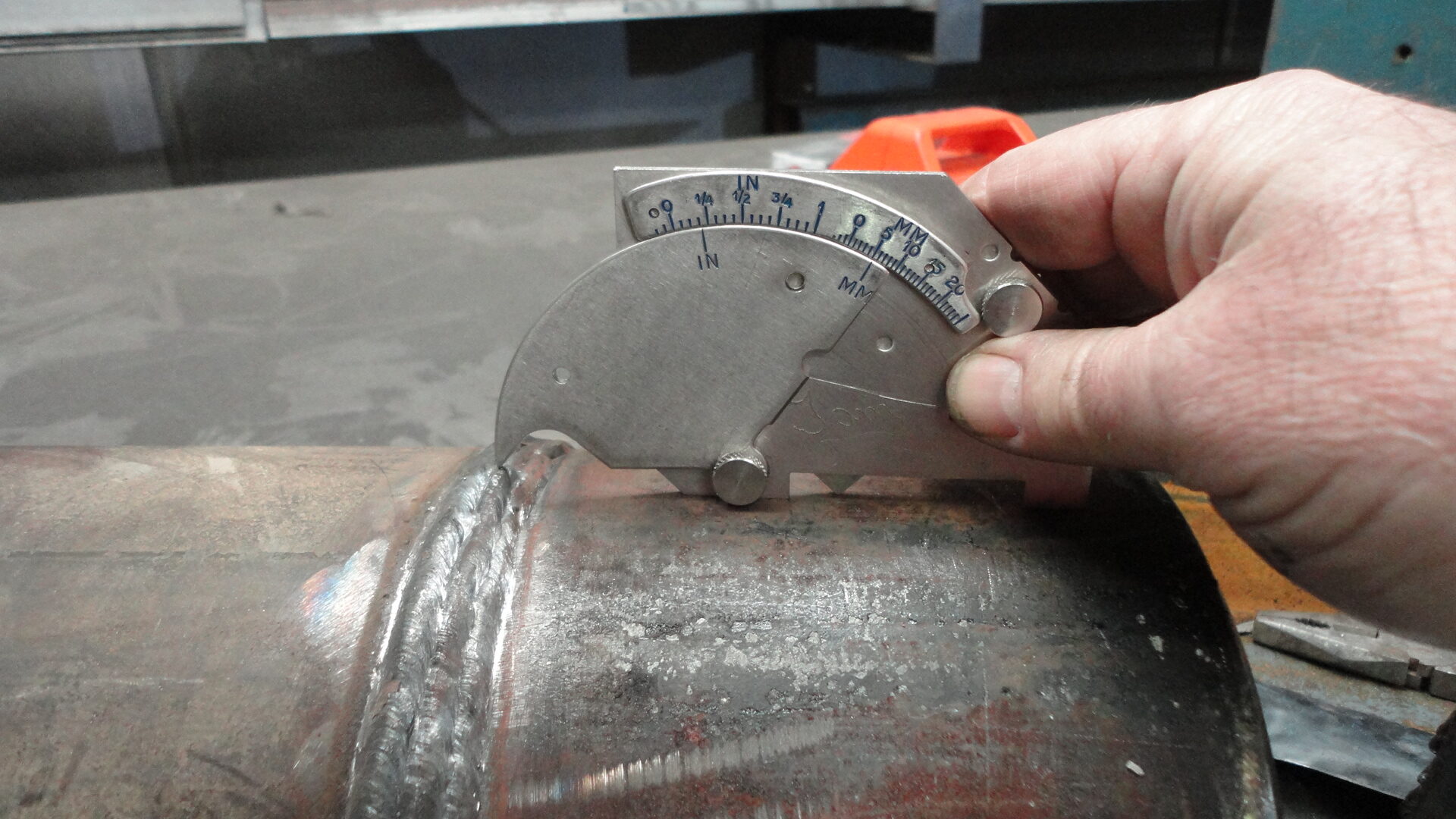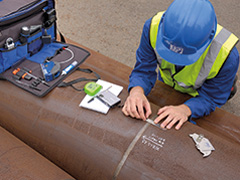The Role of Technology in Modern Welding Inspection Madison Practices
Wiki Article
Checking Out Advanced Equipment and Methods for Accurate Welding Assessment
In the world of welding evaluation, the quest of precision and reliability is extremely important, spurring the development of advanced devices and methodologies. Technologies such as phased variety ultrasonic screening and electronic radiography are transforming flaw detection, supplying unmatched accuracy in characterizing welding problems. Laser scanning innovations and automated assessment systems, furnished with synthetic knowledge, are redefining the landscape by lowering human error and enhancing safety and security steps. As these sophisticated techniques remain to develop, they promise not only to change inspection methods however likewise to raise appealing inquiries regarding the future of top quality assurance in commercial applications.Ultrasonic Testing Innovations
Ultrasonic screening advancements frequently stand for the forefront of improvements in welding examination innovations. These advancements have actually considerably improved the capacity to detect and examine gaps within bonded structures, making sure enhanced stability and safety and security - Welding Inspection Madison. Ultrasonic testing uses high-frequency acoustic waves to penetrate products, giving in-depth information regarding inner functions without causing damages. The most recent developments in this area have actually concentrated on boosting accuracy, rate, and the capacity to interpret intricate data.
Additionally, innovations in software application formulas for data analysis have actually boosted the precision of problem discovery and sizing. Automated ultrasonic testing systems now provide high-resolution imaging, allowing comprehensive assessments of weld quality. These systems are often integrated with innovative visualization tools, which assist in the interpretation of outcomes.
Radiographic Assessment Methods
While ultrasonic screening advancements have actually established a high standard in non-destructive assessment, radiographic examination strategies continue to play an essential function in welding examination by providing special insights right into material stability. Radiographic testing (RT) utilizes the use of X-rays or gamma rays to penetrate materials, producing a radiograph that aesthetically represents the interior structure of a weld. This imaging capacity is invaluable for detecting subsurface problems such as porosity, incorporations, and splits that may not be noticeable via surface examinations.The procedure involves placing a radiation resource on one side of the weld and a detector on the opposite side. Variations in material thickness and density affect the attenuation of the rays, creating a contrasting image that specifically marks problems. RT is specifically beneficial for examining complex geometries and thick areas where various other techniques may fail.
In spite of its performance, radiographic evaluation must be performed with stringent adherence to safety methods as a result of the dangerous nature of ionizing radiation. Moreover, the interpretation of radiographs needs knowledgeable employees, as the quality of the evaluation straight influences the reliability of the assessment. Consequently, continuous advancements in electronic radiography are boosting image clearness and interpretation efficiency, enhancing RT's critical duty in making sure weld top quality.
Laser Scanning Breakthroughs
Welcoming laser scanning technology in welding evaluation has revolutionized the assessment of weld high quality and honesty. Unlike conventional inspection strategies, laser scanning offers rapid data purchase, considerably boosting the efficiency and precision of weld evaluations.Laser scanning breakthroughs have brought about considerable improvements in discovering and characterizing surface problems such as porosity, lack of fusion, and undercuts. The high-resolution information allows examiners to perform thorough analyses, guaranteeing that welds fulfill rigid Full Article industry requirements. This approach sustains the development of electronic documents, facilitating long-lasting high quality assurance and traceability.
Furthermore, laser scanning modern technology integrates perfectly with software options developed for automated problem discovery and assessment. The resultant information can be conveniently shared and evaluated, advertising collective decision-making processes. As markets remain to demand higher standards for weld top quality, laser scanning stays at the forefront, providing exceptional precision and effectiveness in welding assessment.
Automated Inspection Systems

Automated inspection systems use the benefit of uniformity, getting rid of human mistake and subjectivity from next the assessment procedure. They are designed to run in numerous settings, from production floorings to remote area websites, making certain detailed coverage. Welding Inspection Madison. These systems can be set to follow particular welding criteria and criteria, offering detailed reports and documentation for top quality control purposes
Moreover, the assimilation of cloud-based platforms promotes the storage space and analysis of large amounts of examination information. This makes it possible for trend analysis and predictive upkeep, allowing makers to deal with possible issues before they intensify. The adoption of automatic inspection systems is a critical relocation in the direction of enhancing the dependability and efficiency of welding procedures in commercial applications.

Enhancing Safety And Security and Efficiency
A substantial facet of enhancing safety and security and performance in welding evaluation lies in the combination of innovative innovations that enhance operations and alleviate threats. The fostering of advanced non-destructive screening (NDT) techniques, such as ultrasonic testing, phased range ultrasonic screening (PAUT), and radiographic screening, plays an essential function in guaranteeing architectural stability without jeopardizing the security of the personnel involved. These strategies enable comprehensive inspections with minimal downtime, decreasing possible dangers connected with conventional techniques.In addition, the application of real-time information analytics and artificial intelligence algorithms has actually changed the method inspection information is translated. By employing predictive analytics, prospective issues can be identified prior to they materialize right into important failures, making certain timely interventions and maintenance. This proactive technique substantially improves operational efficiency and safety in welding procedures.
Furthermore, remote examination innovations, including drones and robotic spiders furnished with high-resolution video cameras, make it possible for inspectors to evaluate hard-to-reach areas without subjecting them to unsafe conditions. This not just improves inspection precision but additionally reduces human blog threat. By leveraging these sophisticated tools and approaches, sectors can achieve higher safety and security requirements and functional effectiveness, ultimately resulting in more trustworthy and lasting welding examination methods.
Conclusion
The integration of innovative devices and techniques in welding evaluation considerably boosts flaw discovery and ensures structural integrity. These improvements not only raise evaluation performance but likewise add to improved safety and security and top quality guarantee in commercial welding applications.
Ultrasonic testing technologies often represent the center of advancements in welding examination innovations.While ultrasonic screening technologies have set a high criterion in non-destructive evaluation, radiographic examination techniques proceed to play an integral role in welding examination by offering special understandings into product stability.Accepting laser scanning technology in welding assessment has transformed the analysis of weld quality and integrity. As industries proceed to demand greater standards for weld quality, laser scanning stays at the forefront, supplying unmatched precision and effectiveness in welding examination.
Automated examination systems use the advantage of uniformity, getting rid of human mistake and subjectivity from the assessment process.
Report this wiki page